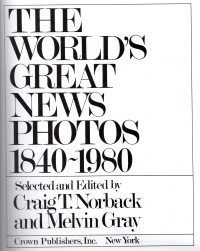 Well, those boys have done it to me again. Like Ron Burgandy finding a question mark on his teleprompter, if I find a book on the table beside the sofa, I must read it. Even if I have already read it. In this case, I read this book in 2011. The boys, you may remember, also did this when they shuffled You Can Tell You’re A Midwesterner When… into this same stack.
Well, those boys have done it to me again. Like Ron Burgandy finding a question mark on his teleprompter, if I find a book on the table beside the sofa, I must read it. Even if I have already read it. In this case, I read this book in 2011. The boys, you may remember, also did this when they shuffled You Can Tell You’re A Midwesterner When… into this same stack.
At any rate, the book hasn’t changed at all: It’s a collection of noteworthy news photos from the very first deguerreotype taken in Paris in 1839 to the highlights of the Carter administration. Many of the images will be familiar, as their iconic images that have generally swayed public opinion in the leftward direction.
This time through, though, perhaps because I now have little adhesive tabs for flagging things in books (I don’t write or highlight in books, much to the disappointment of my college professors who thought it important that I “dialog with the text” by writing in books that I would no longer be able to sell back to the college bookstore or to shelve and never review again unless my kids got it out and put it on my side table), I have highlit some things that are just wrong in the captions:
- In a caption to a photo of Winston Churchill, it says:
England’s darkest hours were eased by Prime Minister Winstone Churchill, who promised the people “blood, sweat, and tears,” but ultimate victory.
But Churchill did not “promise” “blood, sweat, and tears.” The actual phrase he used in his speech to the House of Commons was:
I would say to the House, as I said to those who have joined this government: “I have nothing to offer but blood, toil, tears and sweat.”
He offered/promised his blood, toil, tears, and sweat–not the listeners’ or just generic bodily fluids.
- About Super Bowl III:
The 1969 Super Bowl was “Broadway Joe’s” best year, and he played brilliantly–leading the Jets to a 16-7 victory over the Baltimore Colts. For the National Football League, it was their first Super Bowl win.
Sweet Christmas, knowledgeable football fans, even those who have not read a book about that very Super Bowl in the last six months (Countdown to Super Bowl in August) know that the Jets are in the American Football Conference–then the American Football League, and it was that conference’s first Super Bowl victory since the Green Bay Packers won the first two.
When I read trivia books and run across a fact that I know is not true (often planted by the authors/publishers to spot people who use the questions in violation of copyright), I have to doubt everything I read in the book that I don’t already know.
Even in a collection of “news” photos published in 1980, I have to do the same.




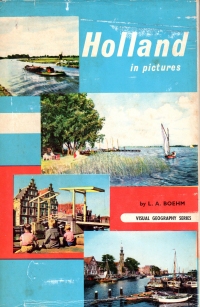 This volume is part of a series called Visual Geography Series which includes a number of foreign countries and Alaska and Hawaii. It’s got a color cover, but the interior photographs and maps are in black and white. It’s the second printing, though, so someone bought them.
This volume is part of a series called Visual Geography Series which includes a number of foreign countries and Alaska and Hawaii. It’s got a color cover, but the interior photographs and maps are in black and white. It’s the second printing, though, so someone bought them.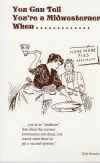 Apparently, I already read this book
Apparently, I already read this book 

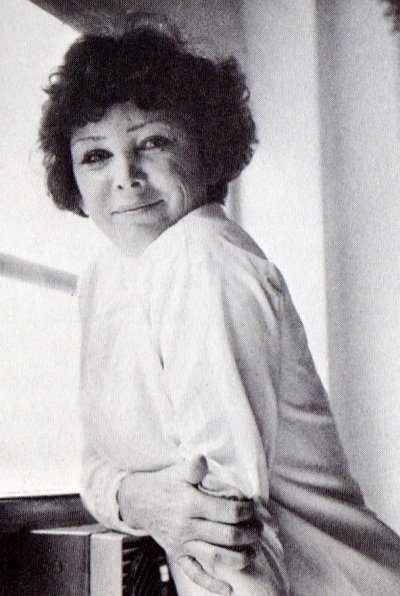
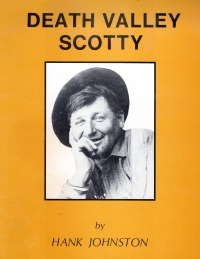 This book has all the hallmarks of a tourist pickup book: It’s thin but it’s large, which makes it a good size for pictures, and it has a narrow scope.
This book has all the hallmarks of a tourist pickup book: It’s thin but it’s large, which makes it a good size for pictures, and it has a narrow scope. I don’t really consider myself a martial artist, even though I have studied at a Satori martial arts school for five years and have considered trying out another martial art style “for fun.” I mean, some of the people who study with me are at the school three or four days a week, take teaching positions, and are really into it. I just show up from time to time and punch things.
I don’t really consider myself a martial artist, even though I have studied at a Satori martial arts school for five years and have considered trying out another martial art style “for fun.” I mean, some of the people who study with me are at the school three or four days a week, take teaching positions, and are really into it. I just show up from time to time and punch things.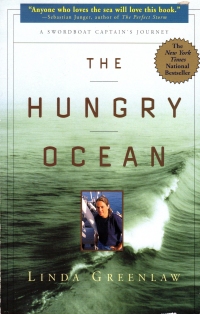 I just bought Greenlaw’s
I just bought Greenlaw’s  I bought this book at ABC Books
I bought this book at ABC Books  I must have bought
I must have bought 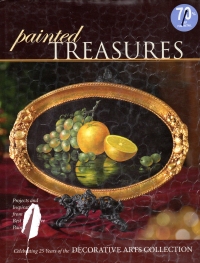 I bought this book for a buck
I bought this book for a buck 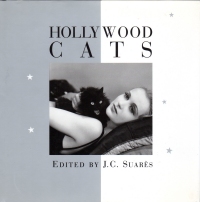 I’ve been haunting the antique malls the last couple of weeks, looking for gifts for different people, and I’d seen something I thought I would pick up last Sunday at Ozark Treasures, a cat-themed game, and I thought it would be good for a friend, but we’ve already taken care of that particular friend this year, so I let it go. But I thought of another friend it would be perfect for, so I returned Friday to look for it. But I didn’t find it. Instead, I picked up this book, which is also cat-themed and would be a good gift for either of the aforementioned friends. But in a stunning turn of events, I decided to keep it because I also like cats.
I’ve been haunting the antique malls the last couple of weeks, looking for gifts for different people, and I’d seen something I thought I would pick up last Sunday at Ozark Treasures, a cat-themed game, and I thought it would be good for a friend, but we’ve already taken care of that particular friend this year, so I let it go. But I thought of another friend it would be perfect for, so I returned Friday to look for it. But I didn’t find it. Instead, I picked up this book, which is also cat-themed and would be a good gift for either of the aforementioned friends. But in a stunning turn of events, I decided to keep it because I also like cats. I might have read this in another form before (I have read
I might have read this in another form before (I have read  This book isn’t a complete waste of time, which was the wish I expressed in the report for
This book isn’t a complete waste of time, which was the wish I expressed in the report for 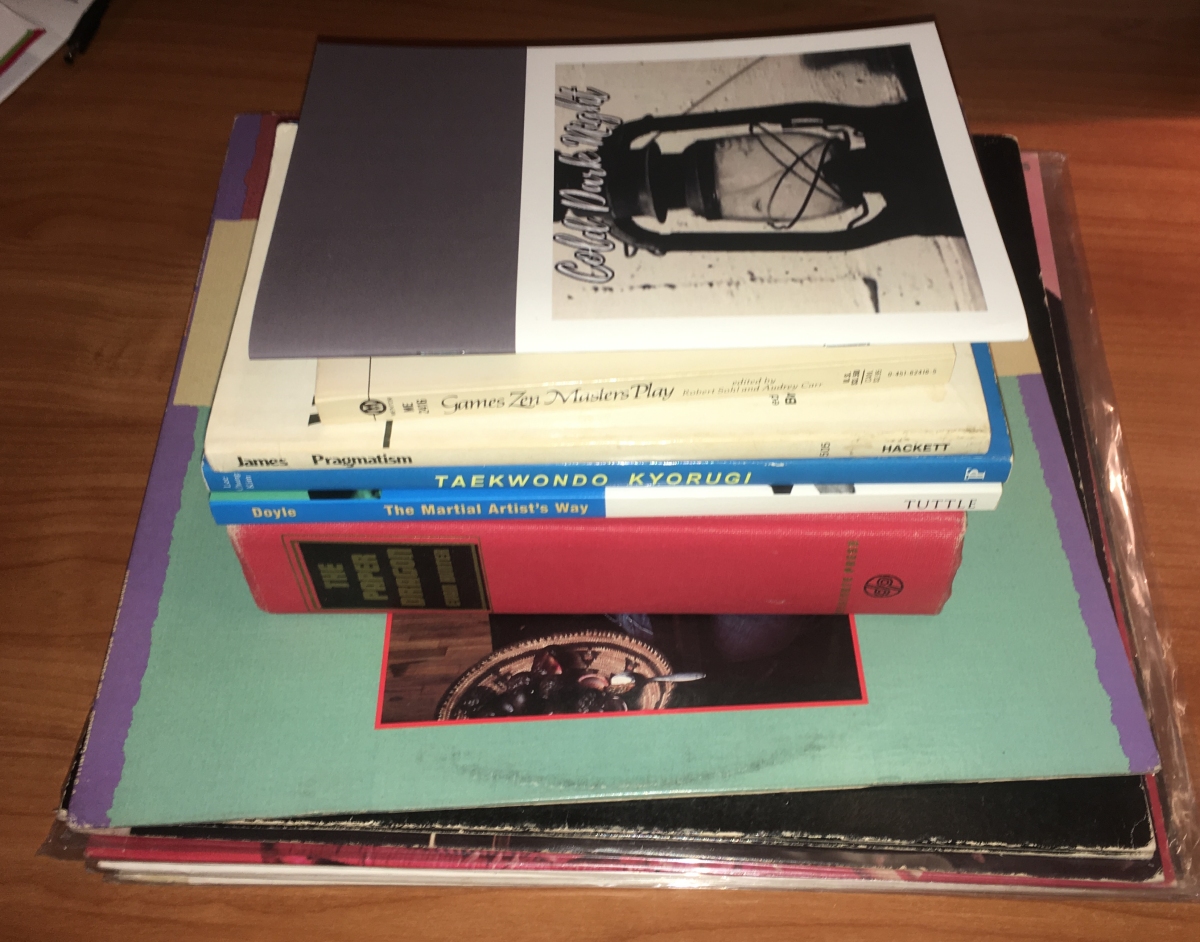
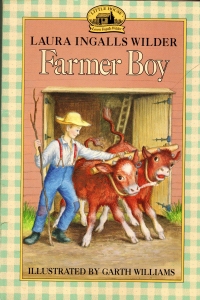 Wow, how time flies. It’s been September since I read
Wow, how time flies. It’s been September since I read 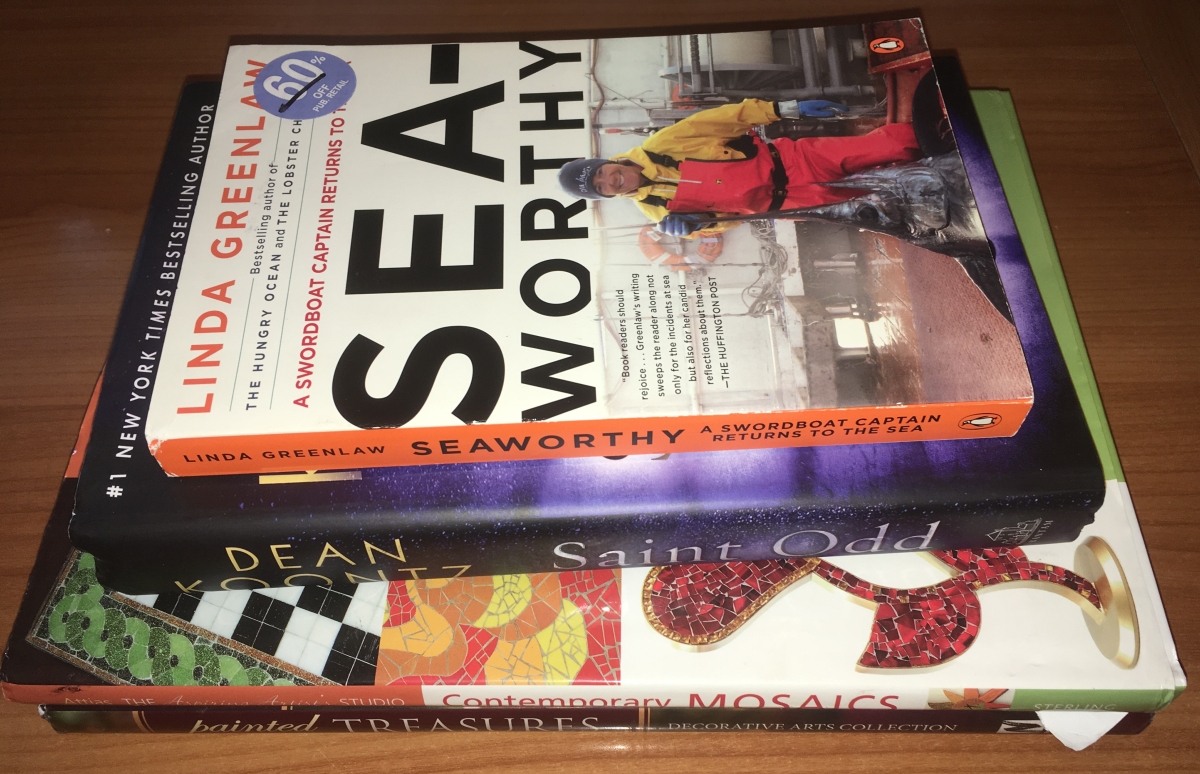
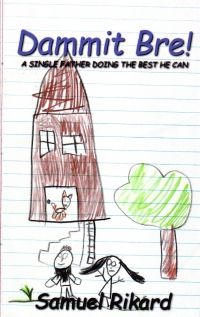 I bought this book
I bought this book